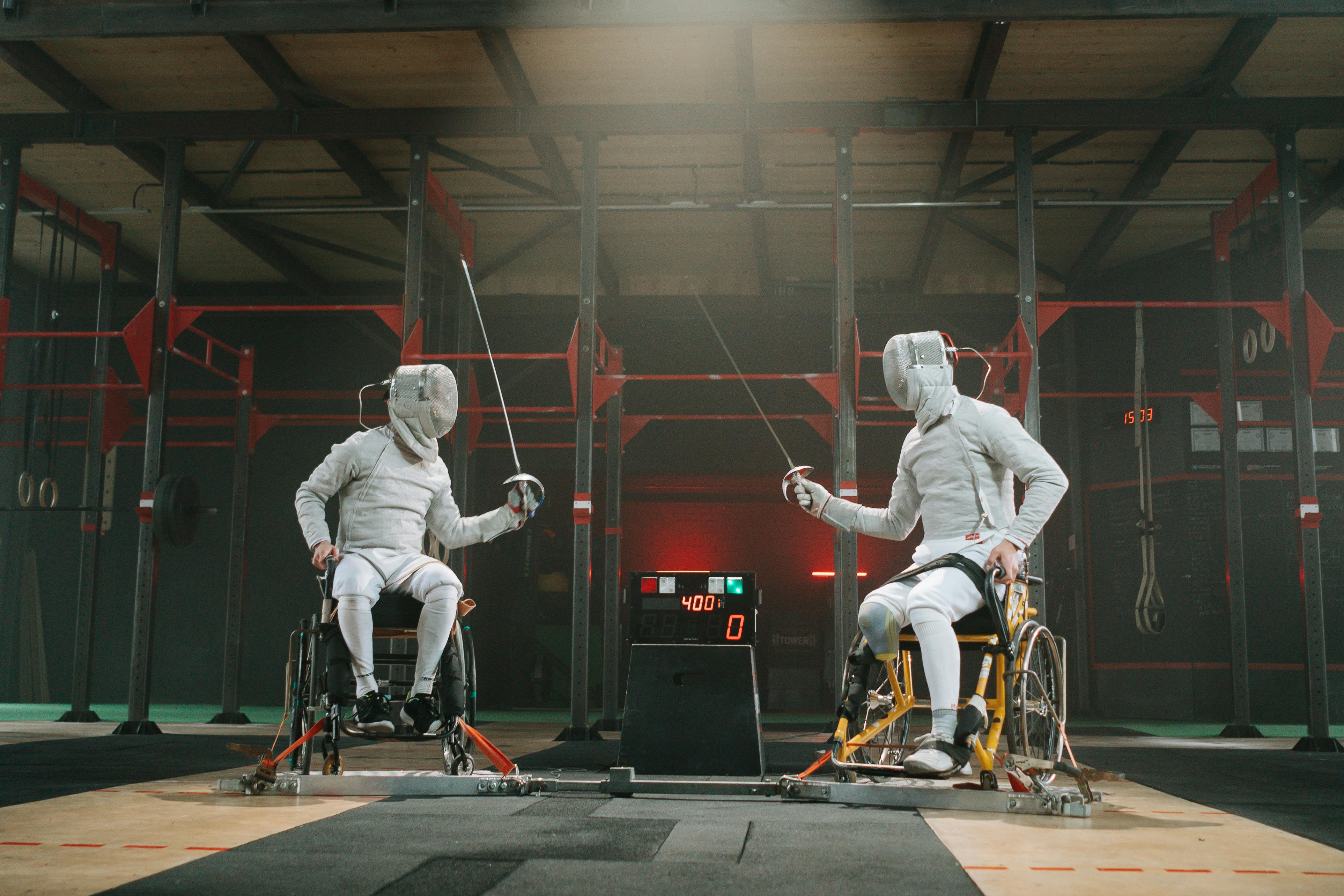Breaking Barriers: The Rise of Adaptive Sports
The world of sports is dynamic, constantly evolving to meet the changing needs of its participants. One emerging trend that is transforming the landscape of athletics is the rise of adaptive sports. Designed for individuals with disabilities, adaptive sports cater to a wide range of physical and cognitive abilities, promoting inclusivity and providing opportunities for everyone to participate in the thrill of competition. This article delves into the history, current trends, and real-world applications of adaptive sports.

A Historical Glimpse: The Birth of Adaptive Sports
Adaptive sports’ roots trace back to World War II, where they were initially introduced as a form of rehabilitation for injured veterans. Since then, they have evolved and expanded, gradually becoming a competitive field in their own right. The Paralympic Games, arguably the most prominent event in adaptive sports, has grown exponentially in scale and scope since its inaugural games in 1960.
The Present Landscape: Current Trends in Adaptive Sports
Today, adaptive sports encompass a broad spectrum of disciplines, from adaptive skiing and wheelchair basketball to adapted water sports and even dance. Technological advancements are also playing a pivotal role in enhancing the accessibility and performance of athletes in adaptive sports.
The Strategy and Science: Training in Adaptive Sports
Training in adaptive sports often requires a unique approach compared to traditional sports. These methods focus not just on physical fitness, but also on learning to utilize adaptive equipment effectively and overcoming the unique challenges posed by various disabilities. The benefits, however, are manifold, from improved physical health to enhanced self-esteem and social skills.
The Impact: Real-World Applications of Adaptive Sports
The impact of adaptive sports extends far beyond the playing field. Participation can lead to improved physical health, mental well-being, and quality of life for individuals with disabilities. It also provides a platform for these athletes to challenge societal perceptions and stereotypes about disability.
The Future: Looking Ahead in Adaptive Sports
The future of adaptive sports is bright, with growing recognition, increasing participation rates, and continued advancements in technology. However, there is still a long way to go in terms of global accessibility and mainstream acceptance. With continued efforts, adaptive sports have the potential to become an integral part of the global sports culture, epitomizing the true spirit of inclusivity and sportsmanship.
In conclusion, the rise of adaptive sports is a testament to the power of human resilience and the universal appeal of sports. It is a field that is continually evolving, breaking barriers, and redefining the boundaries of what is possible in the realm of athletics. Whether as participants or spectators, we all have a role to play in supporting the growth of adaptive sports and celebrating the achievements of these exceptional athletes.




